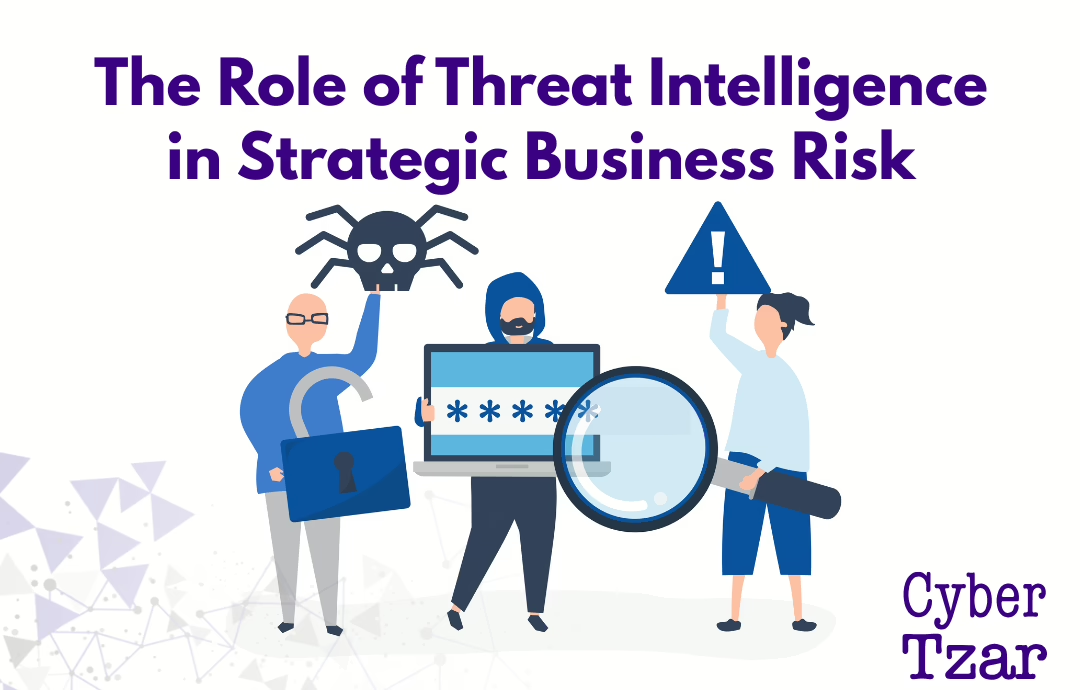Membership bodies — from trade associations to industry consortia — sit in a powerful but precarious position. They are not only responsible for their own security but increasingly viewed as risk aggregators for hundreds (or thousands) of members.
One weak point in their digital infrastructure, and the consequences can ripple across entire sectors.
In 2025, membership organisations must move beyond basic compliance and embrace cybersecurity as a collective responsibility.
What Is Aggregate Risk?
Aggregate risk refers to the total exposure created by connecting many organisations through a single hub — in this case, a membership body.
That risk arises from:
🔗 Shared platforms – like training portals, compliance registers, or document exchanges
📬 Mass communication tools – where one compromised email can phish thousands of members
🗂️ Centralised data – such as member directories, certification records, and payment details
⚠️ Implied trust – members are more likely to act on malicious links or requests that appear to come from “head office”
When a cyber incident occurs at the top, it affects the whole network.
Recent Sector Examples
-
A national training register was taken offline for two weeks after a ransomware attack on its membership portal
-
A trade body’s email domain was spoofed, spreading malware to hundreds of member businesses
-
An association’s online CPD system leaked access credentials for thousands of professionals after a misconfiguration
In each case, the breach affected members more than the host organisation itself.
Cybersecurity Priorities for Membership Bodies
-
Understand your digital role
Are you hosting services? Managing platforms? Sending bulk communications? Start by mapping where you act as a digital “hub.” -
Scan and secure external-facing systems
Portals, login areas, and file-sharing platforms should be regularly scanned for known vulnerabilities. -
Vet your own suppliers
Especially if you outsource your CRM, LMS, web hosting, or payment processing. -
Provide cyber guidance to members
Use your platform to raise the baseline. Offer best practice templates, training, or vetted vendor lists. -
Prepare a breach response playbook
Know how to inform members quickly — and coordinate a unified recovery.
How Cyber Tzar Helps Membership Organisations Reduce Aggregate Risk
Cyber Tzar supports membership organisations by:
✅ Scanning infrastructure used to support members — safely and non-intrusively
✅ Mapping and monitoring supplier platforms for exposure
✅ Providing sector benchmarks for board or committee reporting
✅ Supporting communication to members on emerging cyber threats
✅ Helping embed risk thinking across digital strategy
If your members rely on you for services, data, or sector leadership, cybersecurity isn’t optional — it’s foundational.
🤝 Want to protect your members by strengthening your own digital foundation?
Book a membership-sector scan at cybertzar.com

